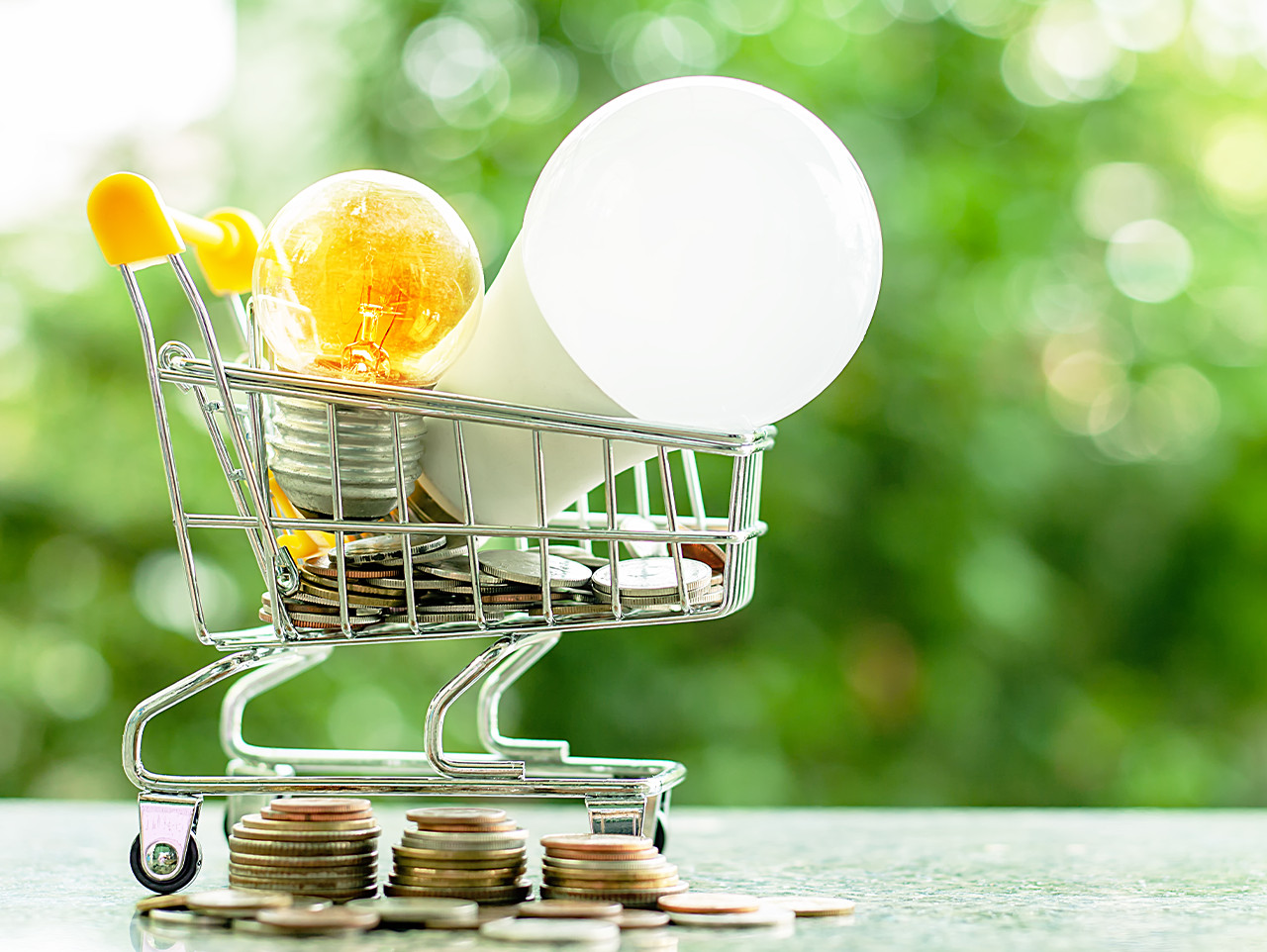
Saving energy and reducing CO2 emissions has been at the top of the supermarket sector's agenda for years. And efforts to reduce energy consumption have borne fruit. In the period 2010-2020, an efficiency rate of 23.6 per cent was achieved. The 2020 target of 20 per cent has therefore been amply achieved. The fact sheet 'Saving energy in the supermarket sector 2020' explains the measures that supermarkets, affiliated to the CBL, have taken to achieve this. The conservation measures have led to a great deal of CO2 reduction. By 2020, more than 1 million tonnes (1,088,292) of CO2 will have been saved compared to 1995.
Since 2010, energy efficiency has been measured in the so-called 'Energy Efficiency Monitor', in which the use of sustainable energy sources is measured each year. Jennifer Muller, Sustainability Manager at the CBL: "Since the first measurement in 1995, supermarkets have actually become 43.3 per cent more energy efficient. We expect the sector to reach 59 per cent in 2025.
Supermarkets are doing everything they can to reduce their energy consumption and make it more sustainable. For example, many supermarket chains are buying in sustainably generated energy. In 2020, this amounted to more than 756 million kWh (equivalent to 48.5 per cent). Supermarkets are also investing in refrigerators and freezers with natural refrigerants. In addition to savings through energy efficiency, an 'indirect reduction' of 315,051 ktonnes in CO2 emissions was achieved in the period 1995-2020 by reducing the loss of refrigerants. The industry's goal is to reduce CO2 emissions by 80 per cent by 2025 compared to 1995 through the use of natural refrigerants and the reduction of 'leakage losses'. After 2030, the industry aims to use only natural refrigerants.
The expectation is that the downward trend in efficiency will continue in the coming years, partly because there are many developments in the field of cooling, lighting and heating. The use of sustainable sources, for example by generating and purchasing energy ourselves, will also be increased.
Read the factsheet ‘Energiebesparing in de supermarktbranche 2020’(Dutch only)
cbl.nl
Photo: ©iamnoonmai/Shutterstock.com
Source: CBL